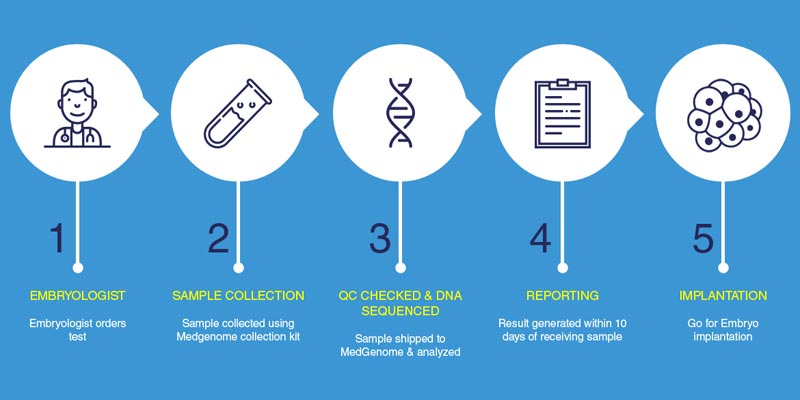PGD/PGS

PGD is the abbreviation of Preimplantation Genetic Diagnosis.
PGS is the abbreviation of Preimplantation Genetic Screening
PGD
The world’s first PGD was performed by Handyside, Kontogianni, and Winston at the Hammersmith Hospital in London. Female embryos were selectively transferred in five couples at risk of X-linked disease, resulting in two twins and one singleton pregnancy.
Pre-implantation genetic diagnosis (PGD or PIGD) is the genetic profiling of embryos before implantation (as a form of embryo profiling).
PGD is considered similar to a prenatal diagnosis.
When used to screen for a specific genetic disease, its main advantage is that it avoids pregnancy termination as the screening makes it highly likely that the embryo implanted doesn't carry the genes and the baby will develop to be free of the disease under consideration.
PGD thus is an adjunct to assisted reproductive technology and requires in vitro fertilization (IVF) to obtain oocytes or embryos for evaluation.
Cells for PGD are generally obtained through blastomere or blastocyst biopsy. The latter technique has proved to be less deleterious for the embryo, therefore it is advisable to perform the biopsy around day 5 or 6 of development.
The PGD allows studying the DNA of embryos to select those that carry certain genes for genetic diseases. It is used when there are previous chromosomal or genetic disorders in the family. The procedure may also be called preimplantation genetic profiling as the cells are harvested from the embryo before it implants into the endometrial lining of the uterus.
PGS
The term preimplantation genetic screening (PGS) refers to the techniques of testing whether embryos obtained through IVF/ICSI, have abnormal chromosomes' number. In other words, it tests if the embryo is aneuploid or not. PGS is also called aneuploidy screening.
